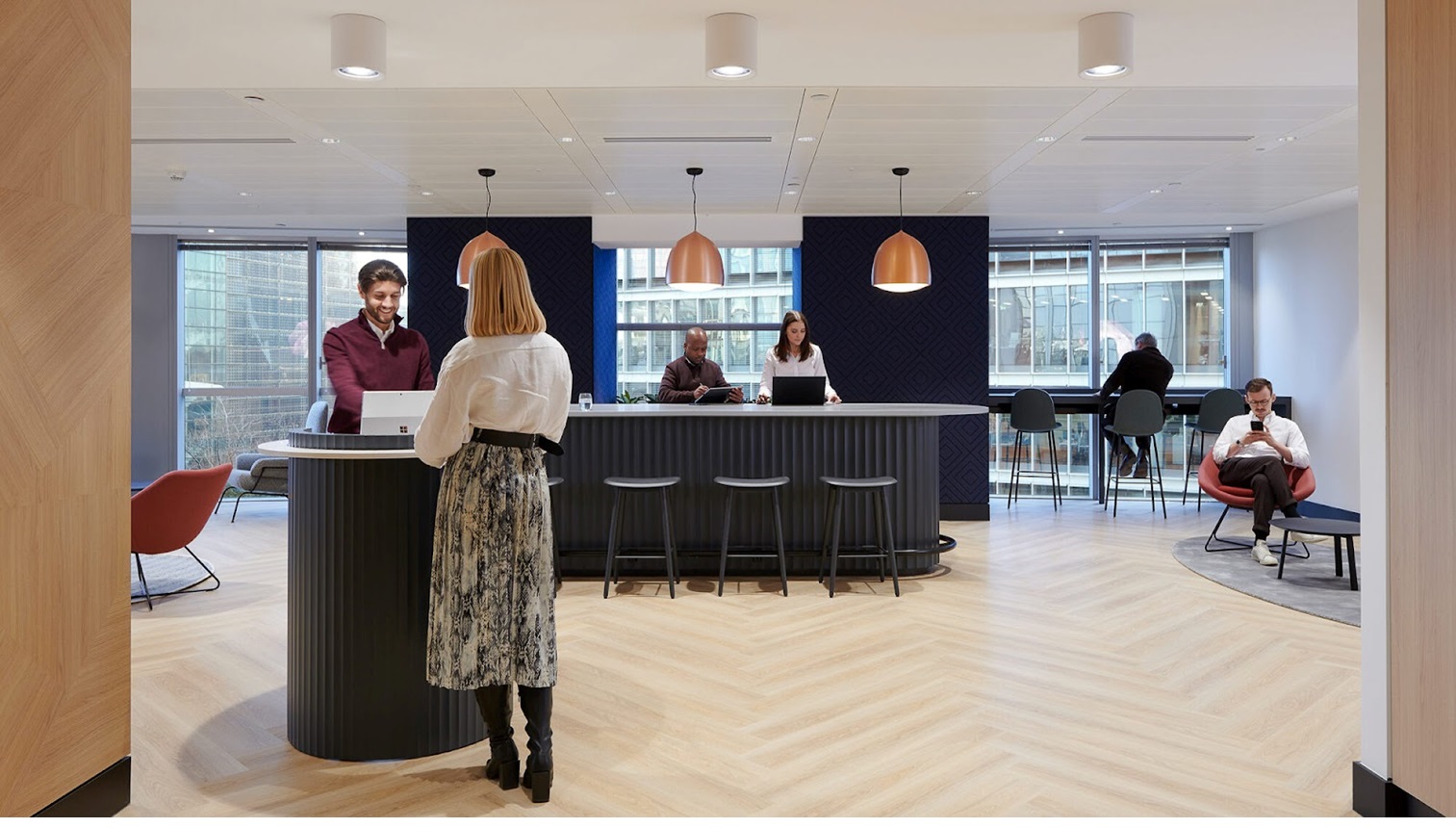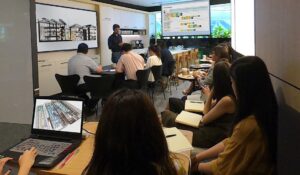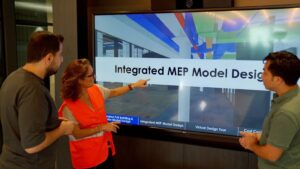An expansion or relocation of a workplace is an ideal time to consider the use of a more technologically aided system for making the workplace responsive.
It’s an opportunity to not only create spaces that actively contribute to wellbeing and productivity but also being able to change with users’ needs based on evidence and feedback.
Here’s what’s changing and keep in mind that all of these can have data collection and analysis underpinnings to help:
𝐀𝐝𝐚𝐩𝐭𝐢𝐯𝐞 𝐄𝐧𝐯𝐢𝐫𝐨𝐧𝐦𝐞𝐧𝐭𝐬: Understanding how space is used paves the way for designs that can respond and adapt to employees’ shifting needs.
𝐋𝐢𝐬𝐭𝐞𝐧𝐢𝐧𝐠 𝐭𝐨 𝐍𝐞𝐞𝐝𝐬: Gathering insights directly from employees ensures the design of the workplace aligns with their actual needs and wants.
𝐅𝐮𝐧𝐜𝐭𝐢𝐨𝐧𝐚𝐥𝐢𝐭𝐲 𝐌𝐞𝐞𝐭𝐬 𝐖𝐞𝐥𝐥𝐛𝐞𝐢𝐧𝐠: It’s essential to consider how design elements can serve to enhance comfort, efficiency, and community spirit.
𝐂𝐨𝐧𝐭𝐢𝐧𝐮𝐚𝐥 𝐢𝐦𝐩𝐫𝐨𝐯𝐞𝐦𝐞𝐧𝐭: Ongoing data analysis can help iterate and improve spaces, making them not just places of work but centers for health and engagement.
Responsive workplace design is more crucial than ever.
Curious about the intersection of design and wellbeing?
Let’s exchange ideas.




